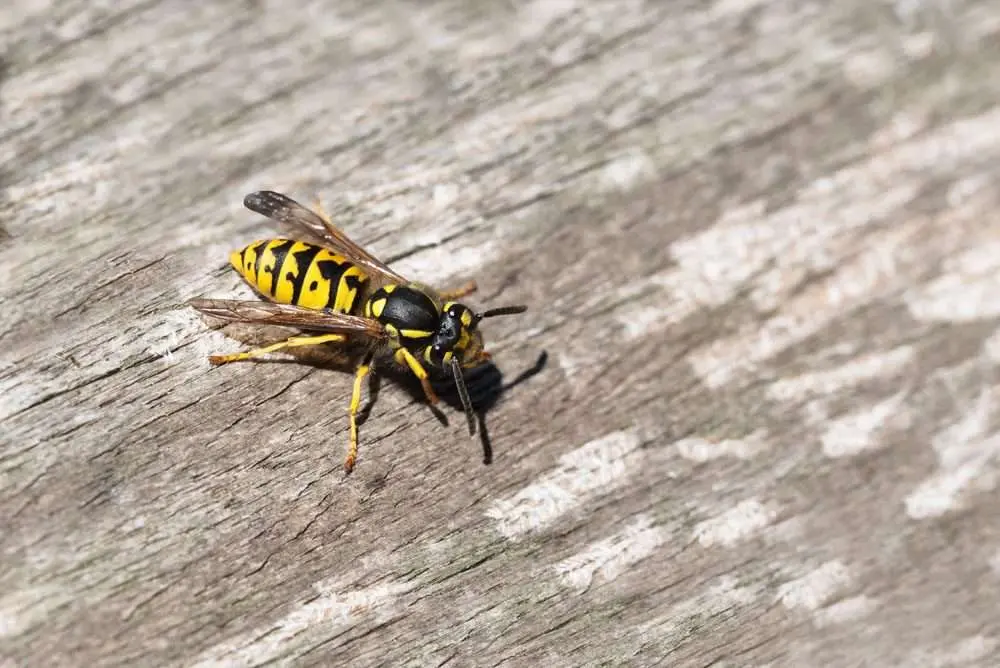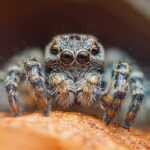All yellow jackets are wasps but not all wasps are yellow jackets. Yellow jackets are a small genus of the wasp family, and both can bring outdoor activities in your yard to an abrupt end. Wasps and yellow jackets can cause panic in even the bravest outdoor enthusiast. For those who already dislike the outdoors, a wasp or yellow jacket problem will not improve their opinion of being outside.
During late spring, the first yellow jackets will venture from their winter hiding spaces in search of food for their budding colony. The yellow jacket’s primary mission is to feed its larvae and grow the colony. Yellow jackets colonies can become enormous. Colonies can range in size, from as small as 1,500 to as large as 100,000 insects.
Both wasps and yellow jackets have problematic reputations as something of a villain of summer. Both insects feed off sweet and sugary drinks and foods. They are also attracted to fruit and meats, so your summer picnic is a buffet of wasp and yellow jacket favorites. On their hunt for food to feed their colonies, they become aggressive protectors, which sometimes puts them at odds with humans and pets.
Wasp and Yellow Jacket Prevention and Removal
Prevention is the best course of action to treat a wasp or yellow jacket infestation, but if you already have one or multiple nests in your home or on your property, elimination is essential. Here are a couple of ideas for how to prevent a wasp or yellow jacket infestation in and around your home:
- Thorough Inspection – No later than mid-spring, inspect your property for any signs of wear, cracks, broke siding or crevices where a wasp or yellow jacket might be happy to build a home. By starting and finishing before the end of spring, you can prevent an infestation on your property.
- Eliminate the Food – Wasps and yellow jackets are looking for food to feed their growing colonies. When you leave easy and accessible meals in and around your home, you are setting up a welcome sign. Wasps have excellent instinctual memory, and they remember where to find resources. It’s also important to remember that not all food sources are from inside your home. If you have fruit-bearing trees or bushes on your property, any fallen fruit should be removed from the ground to avoid drawing pests.
DIY Wasp and Yellow Jacket Removal
Wasps and yellow jackets have to be removed as soon as possible. They are not good neighbors, and their food sourcing habits put them in frequent conflict with children and pets. The good news is that wasps and yellow jackets are not long-term visitors. By the end of the summer, their entire colony will have completed its life cycle. In the meantime, you can eliminate them with the following steps:
- Determine a Treatment Type – There are both organic and chemical DIY treatment options available. Make a choice based on the severity of the infestation and the makeup of your home and property.
- Locate the Nest – Always wear the appropriate protective gear! Yellow jacket nests are on the ground, and wasps build in the air, so start your search in cool dry places that meet the criteria for each.
- Find Entry and Exit Points – Locate the entry and exit point of the nest. You will need to be prepared to act quickly, so familiarizing yourself with the nest will help.
- Take the Solution to the Source – Apply your chosen treatment to the nest or spray it into the entrance and exit. You should do this late in the day around dusk or early in the morning before sunrise to avoid an attack.
- Give It a Day – Check the nest after 24 hours. All activity should have ceased, but if you still see movement, apply more treatment.
When to Call a Professional Exterminator
At PURCOR, we understand yellow jackets and wasps can be dangerous. Safety is a major concern when dealing with aggressive and threatening pests such as these. It’s important to be realistic and know your limitations. Yellow jackets and wasps do not always respond to DIY remedies. If the hive is large or too far away to adequately apply treatment, hiring a professional exterminator can be the more prudent choice.
"*" indicates required fields
"*" indicates required fields




